The circular RNA FAM169A functions as a competitive endogenous RNA and regulates intervertebral disc degeneration by targeting miR-583 and BTRC
- PMID: 32366862
- PMCID: PMC7198574
- DOI: 10.1038/s41419-020-2543-8
The circular RNA FAM169A functions as a competitive endogenous RNA and regulates intervertebral disc degeneration by targeting miR-583 and BTRC
Abstract
Intervertebral disc degeneration (IDD) is an important factor leading to low back pain, although the underlying mechanisms remain poorly understood. In this study we examined the role of circular RNA FAM169A (circ-FAM169A) in degenerative nucleus pulposus (NP) tissues, and validated its function in cultured human NP cells. Overexpression of circ-FAM169A in NP cells markedly enhanced extracellular matrix (ECM) catabolism and suppressed ECM anabolism in NP cells. Furthermore, circ-FAM169A sequestered miR-583, which could potentially upregulate BTRC, an inducer of the NF-κB signaling pathway. In conclusion, the present study revealed that circ-FAM169A promotes IDD development via miR-583/BTRC signaling. These findings provide a potential therapeutic option for the treatment of IDD.
Conflict of interest statement
The authors declare that they have no conflict of interest.
Figures

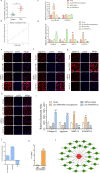
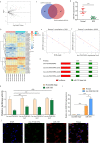

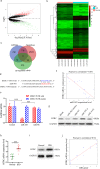
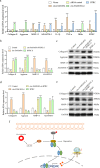
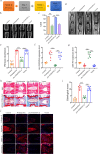
References
Publication types
MeSH terms
Substances
LinkOut - more resources
Full Text Sources
Miscellaneous

